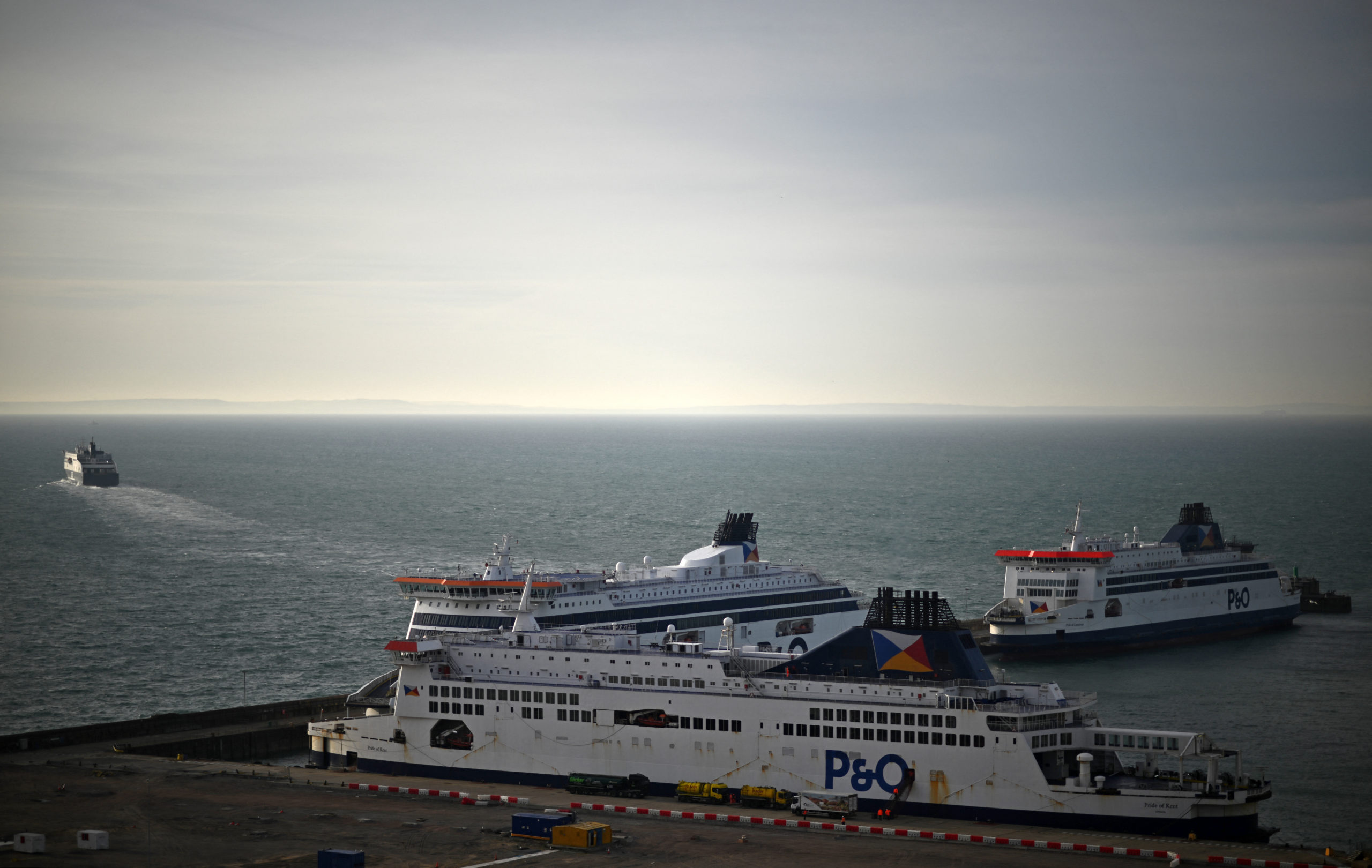Flights
Companies including EasyJet and British Airways have been cancelling a high number of flights in recent days, because many of their staff have Covid.
More than 1,100 flights have been cancelled over the past week, including some 200 EasyJet flights to popular European locations.
If your flight is affected, you will be contacted directly by your airline.
Airports
If your flight is running as scheduled, be aware of issues at several UK airports.
Airports including Heathrow, Manchester and Birmingham have been hit by disruption because of staff shortages caused by Covid, affecting everything from airport security to luggage handlers. Passengers risked missing their flights because of lengthy delays, according to reports in the UK press.
READ ALSO: Q&A: Your questions about travel to Italy and Covid rules answered
Passengers have been advised to make sure they are at the airport as early as possible to allow for delays, and unions have warned that the disruption could last for some time.
In the case of Manchester, the advice is to arrive three hours early.
🚨NEW: GM Mayor Andy Burnham has issued a statement after meeting with Manchester Airport yesterday. He says the disruption is expected to last for the next two months and for the 'foreseeable future' passengers travelling should arrive three hours before their flight #LDReporter pic.twitter.com/UekEyewqPt
— Joseph Timan (@josephtiman) April 6, 2022
No major disruptions have been reported at the Italy end, so departures from Italian airports should be comparatively straightforward.
Ferry services
For those planning to start their journey to Italy with a ferry ride over the English Channel, there are other disruptions in place.
P&O ferries may not resume cross-Channel services until “after Easter” – traditionally one of its busiest periods as holidaymakers look to make the most of the two-week school break – after its controversial decision to lay-off 800 members of staff in the UK, according to the RMT union.
National secretary of the union, Darren Proctor, told KentOnline: “The information we have is that individuals have tried to book crossings between Dover and Calais and the earliest they are being offered is April 19th.”
READ ALSO: What you need to know about travel to Italy this spring
P&O has not confirmed the union’s claims – but they will not be welcomed for thousands of holidaymakers looking to get to France and elsewhere over Easter. And it has been reported that one of its ships, the Pride of Kent, failed a safety inspection, and services on the short crossing are not expected to restart for several days, at the earliest.
This has, obviously, had a knock-on effect on other cross-Channel ferry services.

DFDS is putting on additional services, but has warned it will be operating at close to capacity over the busy four-day Easter period. P&0 has previously said that booked who had booked tickets should go to the port as planned, and head for the DFDS check-in.
However, DFDS has said that it cannot not take any more P&O passengers from April 8th to April 10th – a situation likely to expand into the bank holiday weekend for return journeys.
READ ALSO: What to expect if you’re returning to Italy this Easter
Eurotunnel
For those holidaymakers intending to road trip from the UK to Italy through France, Eurotunnel has also been experiencing the most traffic it’s seen since 2019, as cross-Channel passengers and freight have been switching to the undersea service since the start of the P&O crisis.
On Monday, one of its freight trains broke down en route to Calais, and needed to be repaired in the tunnel before returning to Folkestone, leading to additional temporary delays.
Normal service resumed later the same day, but – like ferry operator DFDS – Eurotunnel is operating close to capacity. Existing bookings will be honoured, but don’t assume that you will get a crossing if you book at the last minute.
Traffic within Italy
While Italian airports and train stations are operating at normal capacity, motorway traffic is forecast to be heavy in Italy over the next few days. A recent survey by the Italian hotel association Federalberghi found that around 14 million of Italians are planning to travel on holiday over the Easter period.
Good Friday is not a public holiday in Italy, but schools are closed from Thursday and many Italians take the Friday off work to give themselves a ponte (bridge) holiday that stretches into Easter Monday, which means that as of Thursday afternoon some motorways are already seeing major blockages.
Traffic flows are likely to be at their highest on Friday 15th and Saturday 16th April, according to the trade publication Infomotori, so if possible, it’s wise to avoid travelling across the country by car on these days.
Health rules
Italy has extended its international travel rules until the end of April, which means that people travelling from the UK need either need proof of vaccination or recent recovery from Covid, or a recent negative test, to enter Italy – full details here.
There are no Covid-related requirements to enter the UK.
High-grade Ffp2 masks are required on all public transport in Italy and in transport hubs such as airports and stations. For services running from the UK to Italy, check the policy with your operator.



 Please whitelist us to continue reading.
Please whitelist us to continue reading.
Member comments